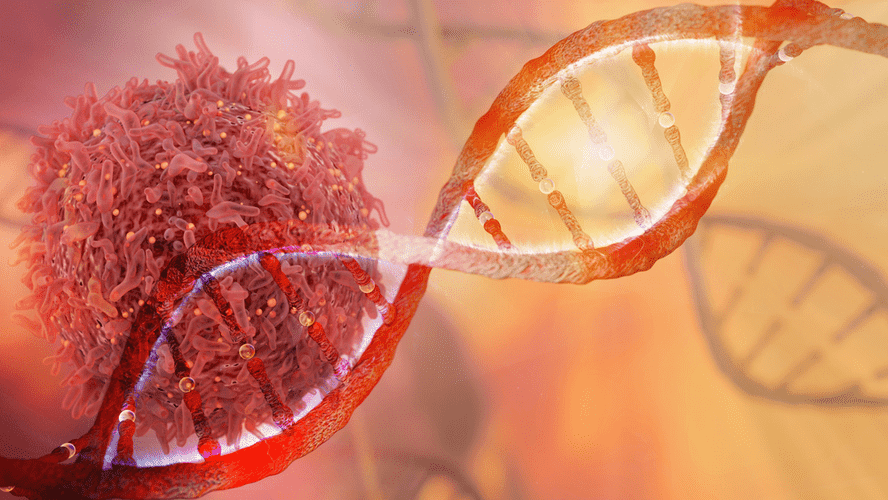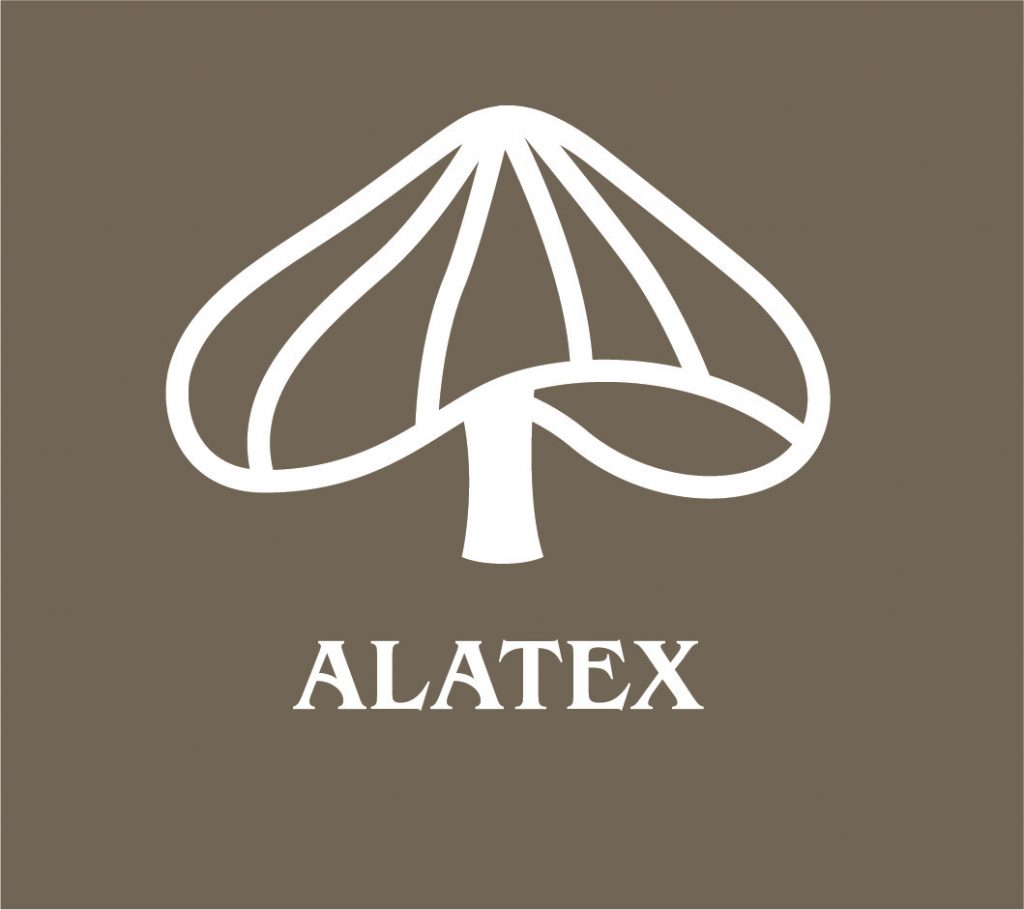Depending on the length of the treatment, they may even be granted permission to leave the facility to take part in activities such as AA or NA meetings. Long-term inpatient rehab, also known as long-term residential rehab, is a treatment that typically takes place over three to 12 months. In the earliest stage of this type of treatment, they are likely closely monitored while detoxing, which can be a dangerous process. SUD is a treatable, chronic disease that can affect people of any race, gender, income level, or social class. Some people may use drugs to help cope with stress and trauma or to help with mental health issues.
Adolescents and Young Adults
Nine subcommittees were formed on Intoxication and Withdrawal, Behavioral Treatment, Pharmacotherapy, Co-occurring Disorders, Adolescents and Young Adults, Pregnant and Postpartum Patients, Secondary and Tertiary Prevention, Technology-Based Interventions, and Other Population-Specific Considerations. Regardless of how addiction manifests, it is vital that the person gets help before it’s too late. http://women.dp.ua/page/617/ Counselors may also contact schools, community groups, and policymakers to spread awareness. At home, it’s easier to get food that comes through a window than to cook for oneself. Yet one more acronym captures the skills people actually deploy to successfully navigate the tricky terrain of early recovery. When, for example, cravings hit, a helpful strategy is to self-negotiate a delay of use.
What is inpatient drug and alcohol treatment?
In a letter to Gov. Gavin Newsom, a coalition of researchers argued that undergoing the state review could delay a study by at least five months, resulting in more than $100,000 in “unnecessary staff expenditures” in that time. Because other states don’t have that hurdle, they argued, California researchers are losing out on competitive funding — and Californians miss chances to participate in local trials for emerging treatments. And Cooper said she hasn’t even bothered to submit three more studies, including research on the effects of high-potency cannabis.
- Millions of Americans have a substance use disorder (SUD)1, and it remains an important health issue in our country.
- As time passes and they work on themselves and their recovery, they may be granted more freedom, such as visits from friends and family and communication with those outside the facility.
- In these instances, there is no evidence that a full neurological workup, which requires significant healthcare resources, is of benefit.
- It could be that such people need more time to work through a program and get their footing in sobriety before returning to their pretreatment life.
- Similarly, this combination could be given additional consideration for patients with ATS use disorder and co-occurring nicotine/tobacco use or depressive disorders, because bupropion is FDA-approved for the treatment of TUD and MDD.
Common medications used to treat drug addiction and withdrawal
Topiramate has been shown to reduce alcohol use and is utilized off-label for treatment of alcohol use disorder (AUD).115 Therefore, the CGC agreed that topiramate could be given additional consideration for patients with co-occurring cocaine use disorder and AUD. Patients with StUD who are not progressing as hoped toward achieving their goals in an initial phase of treatment may benefit from extended treatment with EBIs to facilitate long-term recovery.95,99,103,104 Addiction is a chronic illness best addressed with a chronic care model of disease management. While video-based telemedicine has not been studied in this population, the CGC noted that it is reasonable to think that it would perform similarly to audio-only telemedicine. There may be acceptability issues due to patients being uncomfortable appearing on camera.

How Long Is Rehab for Drug and Alcohol Addiction?
- If a person is struggling with substance misuse for a long period of time, they may be inflicting severe damage on their body and brain.
- The CGC agreed that they would expect key stakeholders to accept CM, especially when presented with evidence of its effectiveness.
- Within TCs, addiction is viewed in the context of an individual’s social and psychological deficits.
While the recommendations below reflect standard treatment for any toxicity- or withdrawal-related seizures, the CGC included it in this Guideline because of its importance in this patient population. Phenobarbital and propofol are second-line agents for management of stimulant-induced seizures, though propofol is preferred if seizures are severe or refractory. Acute care settings should have order sets for withdrawal seizures, with considerations for medication shortages. If stimulant intoxication is suspected http://bulldogss.com/forum/viewtopic.php?f=1&t=11194&sid=af8823266fa976099a76afe33e023a2c but presumptive testing is negative, clinicians should consider the possibility of novel psychoactive stimulants. The growing influence of synthetic drugs and drug adulteration and contamination means that clinicians may be making treatment decisions in the absence of toxicological confirmation with increasing frequency. Regional surveillance reporting is often available on the prevalence of novel psychoactive substances, including stimulants and their frequency of detection with other substances.
- Where CM is not available, several other behavioral interventions—notably, CRA, CBT, and the Matrix Model—should be considered as other effective treatment options.
- Hogue’s HEAL-funded research aims to create tools for providers, youth, and their families to find lasting recovery by targeting three concrete principles.
- While it is common to blame oneself for a fall, overly engaging in self-denigration is rarely helpful in recovery.
- SAMHSA’s mission is to lead public health and service delivery efforts that promote mental health, prevent substance misuse, and provide treatments and supports to foster recovery while ensuring equitable access and better outcomes.
- In the first stage, precontemplation, substance users are largely unaware that their alcohol or drug use is causing problems.
- While everyone’s treatment plan will look somewhat different, the following are some of the treatments and interventions that many people receive as a part of a long-term residential treatment.
- A search for systematic reviews, clinical guidelines, and meta-analyses was conducted in the PubMed and PsycInfo literature databases on June 1, 2021.
- If seizures are not controlled by GABAergic medications during severe stimulant intoxication, clinicians may consider emergently inducing paralysis with monitoring (ie, EEG).
- Because naltrexone is an FDA-approved treatment for AUD, the CGC agreed that bupropion–naltrexone combination treatment could be given additional consideration for patients with co-occurring ATS use disorder and AUD.
- There is no one right answer to this question, as different treatment programs work for different people.
The health condition benefits from evidence-based treatment, which often takes place in an inpatient or outpatient setting. Diagnosing drug addiction (substance use disorder) requires a thorough evaluation and often includes an assessment by a psychiatrist, a psychologist, https://fuhrerscheinonline.net/avoiding-drunk-driving-and-substance-impairment/ or a licensed alcohol and drug counselor. Blood, urine or other lab tests are used to assess drug use, but they’re not a diagnostic test for addiction. If you’re looking for addiction treatment, the process may feel overwhelming, especially when it comes to cost.

